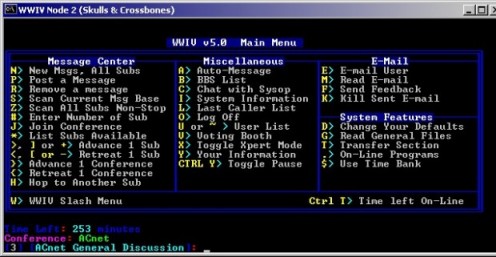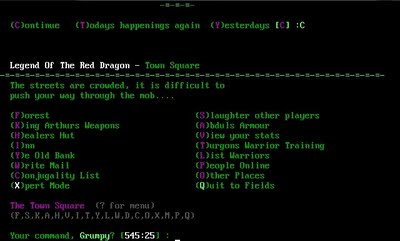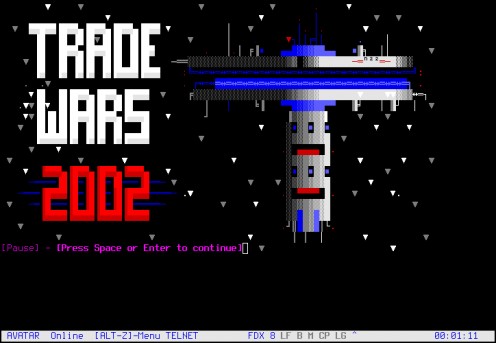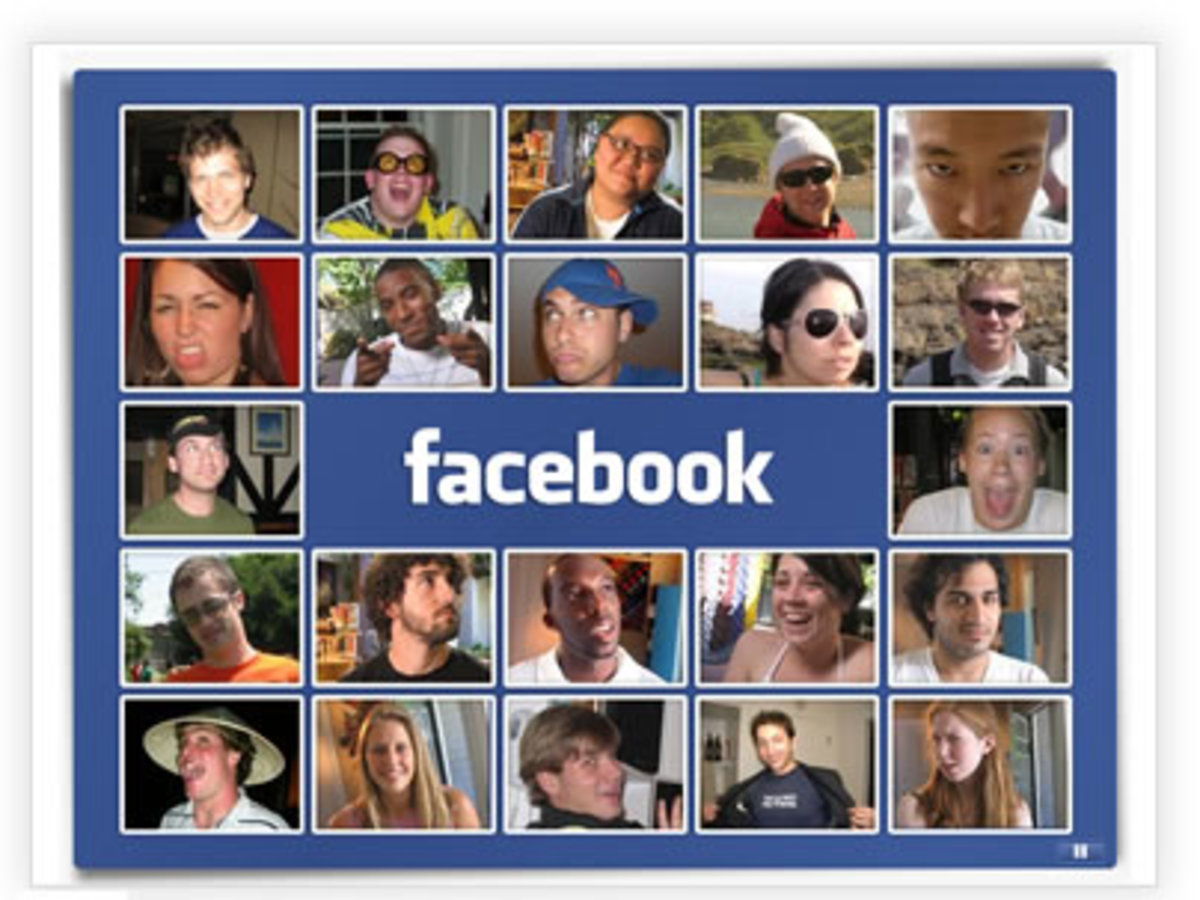Bulletin Board Systems: The Birth of Social Networking





One of the fastest growing segments of the modern internet is the use of social networking sites and software.With users numbering in the millions, applications such as Facebook, Twitter, LinkedIn, and Google+ are helping to keep people connected despite distance between them. While all of these websites are recent creations and are considered to be new concepts, the fundamental ideas behind this type of computer use began to surface in the 1970s with the introduction of the bulletin board system (BBS).
The Humble Beginnings
A BBS is a “[c]omputerized system used to exchange public messages or files” (Encyclopædia Britannica, 2011). Bulletin board systems were originally restricted to companies and educational institutions until early 1978 when Ward Christensen launched CBBS in Chicago, IL (BBS Corner, 2009). From this point, BBSs began to spread as hobbyists and computer enthusiasts created their own systems. Most bulletin boards served small areas because they required users to connect via telephone lines and few people wishes to incur long distance charges.
As the boards became more sophisticated, their services expanded from simple file sharing and public message forums to include games, private messaging, and chat rooms. For the computer-savvy, these services became the equivalent of the barbershops, ice cream parlors, and coffee shops of previous years. The influence, acceptance, and use of bulletin board systems continued to grow until the 1990s when the internet became readily available to the public and World Wide Web blossomed.
Evolution and Revolution
Beginning in the 90s, the nature of the internet began to change drastically. Local bulletin board systems were being replaced by national services (CompuServe and AOL) and a new type of company, the internet service provider. These new companies hosted large modem banks to allow their client to dial in and connect to the internet. They typically provided email access as well.
As ISPs became dominant and the internet more accessible, BBSs began to fade away. In their place, email, internet forums, and internet relay chat (IRC) gained popularity. Some websites included all of these methods of communication. While users now only needed to connect to a single access point, they were still visiting multiple virtual locations to carry on their business.
The next evolution of public internet was the introduction of high-speed, broadband internet connections. Users could now be online 24/7 and accessing data at ever-increasing rates. The increase in speed and connections led to the more innovations in software offering once they were combined with the increase in processing power of the average PC. Forums, Email, and Instant Messaging—a child of IRC—continue to be staples for communicating, but in the middle of the first decade of the 21st century a new moniker was coined for websites that performed these functions. The term that was now used to describe these services was Social Networking.
Where Do We Go From Here?
Just as the current incarnation of social networking has come to overshadow the bulletin board systems of the 1980s, future software will enhance the functionality and speed of communication between individuals. Some of the technological advances are already beginning to show themselves in the form of video chats and simultaneous discussions between groups of people—all of whom are in different locations. Since most methods of communication have already been introduced via the internet, it is likely that the future will hold mostly improvements on existing technology rather than pioneering completely new methods of communicating. An exception to this could be the introduction of holographic projections to replace the current video feed. Regardless of the kinds of changes seen in the future, it is clear that the computers, electronics, and internet will continue to make the world a smaller place to live.
References
BBS Corner. (2009, November 29). The BBS Corner - A Brief History of BBS Systems! Retrieved August 30, 2011, from The BBS Corner: http://www.bbscorner.com/usersinfo/bbshistory.htm
Encyclopædia Britannica. (2011). bulletin-board system (BBS). Retrieved August 30, 2011, from Encyclopædia Britannica: http://www.britannica.com/EBchecked/topic/183745/bulletin-board-system-BBS
- The BBS Corner - A Brief History of BBS Systems!
A brief history of bulletin board systems. The article includes an explanation of what they are and how they evolved. - bulletin-board system (BBS) (computer science) -- Britannica Online Encyclopedia
bulletin-board system (BBS) (computer science), Computerized system used to exchange public messages or files. A BBS is typically reached by using a dial-up modem. Most are dedicated to a special interest, which may be an extremely narrow topic. Any








